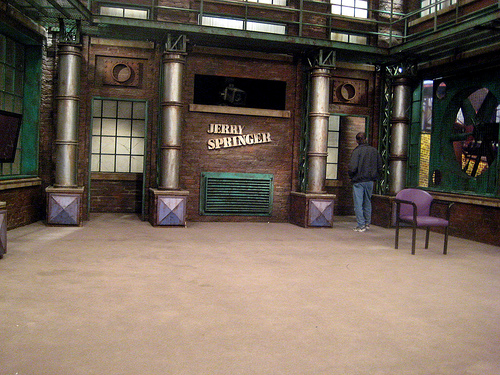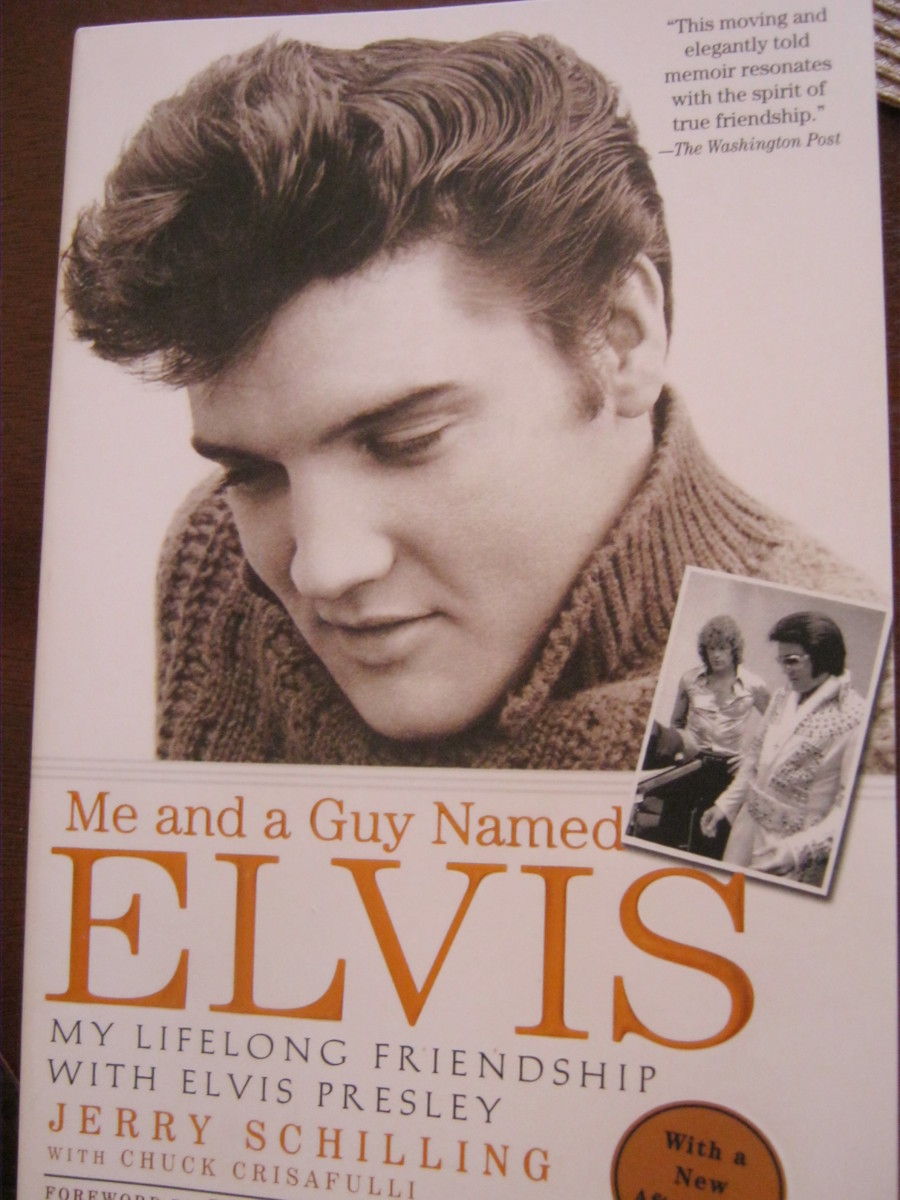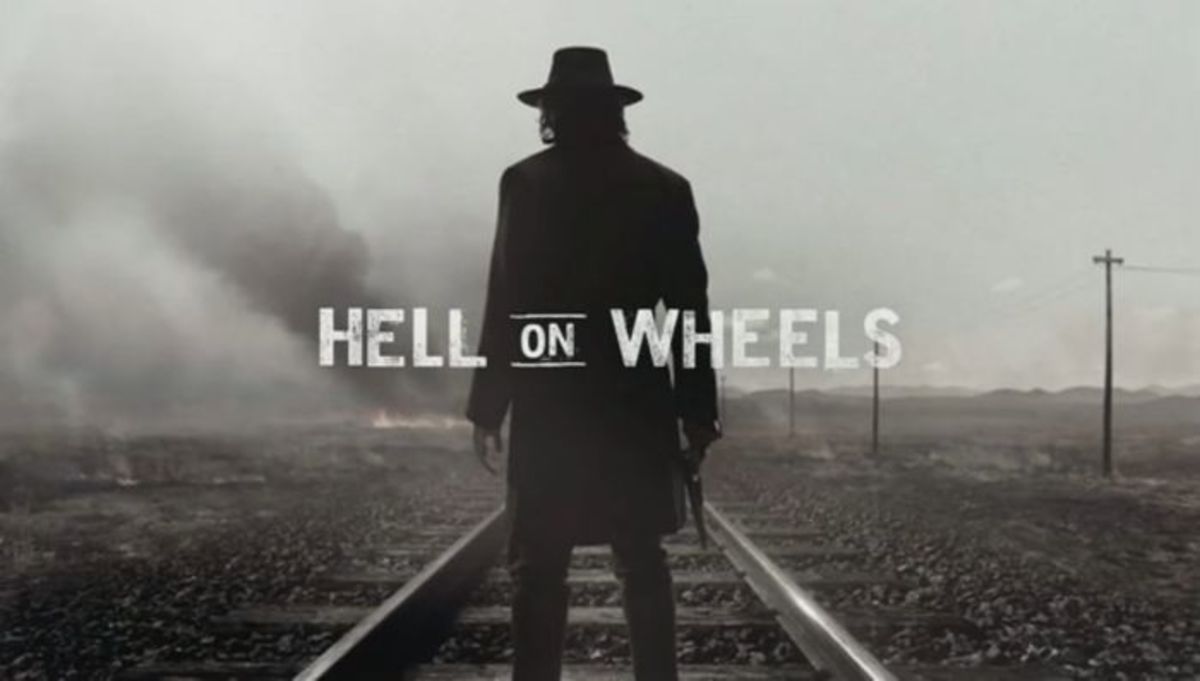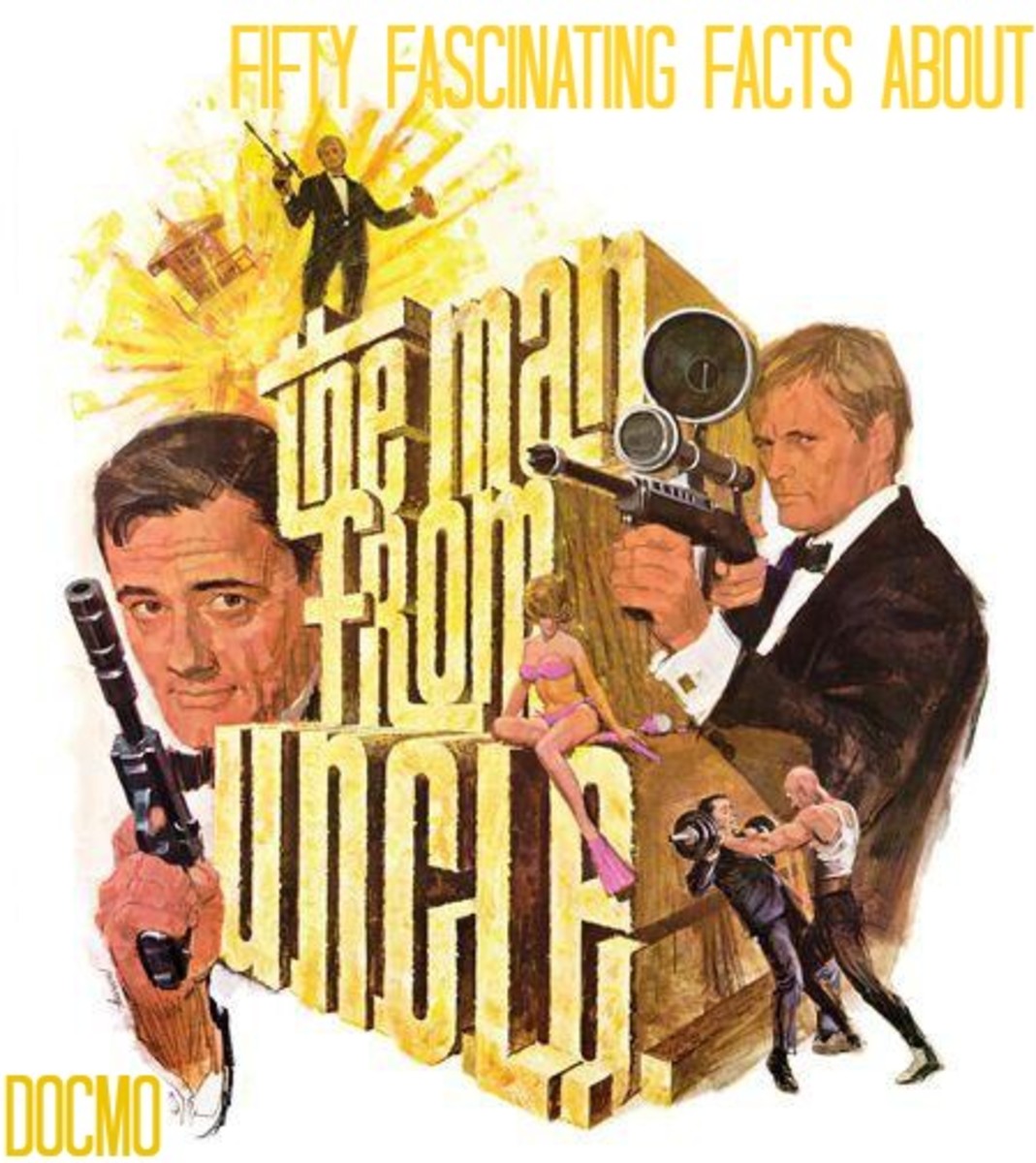The Evolution of Jerry Springer

“From germs to apes, to Jerry Springer” by Danny Sparks
A germ in an ancient coral grows gills and fins and swims to an ancient beach. As the germ with gills and fins approaches the banks, it develops legs. The germ walks onto the ancient beach and its gills become lungs and its fins becomes hands. Fast forward a few million years and that germ is on an airplane reading the New York Times, while on the internet, while on a cell phone…you get it. Evolution and the progression of existence is a fascinating and intriguing concept. Everything must change, and evolution is the process in which this change occurs.
Jerry Springer is evolution at its finest. Only the strong survive is the sub-mantra that fuels the ever-ignorant broadcast of social pond scum, which keeps daytime America tuning in. Where is Sally Jessie Raphael, Jenny Jones, Donahue, Geraldo, or Ricki Lake? I’ll tell you where they are: at home watching Jerry Springer. In an Oprah era, how do a man and his microphone command such an attraction? The only other shows that usually survive in the Oprah era are a spin-off of Oprah (Dr. Phil, Dr. Oz….hell, Gayle King has a show). I’ll tell you how Jerry and his security guards stay relevant: evolution.
The set is a far cry from its original season. A few items are missing, the chairs for one, the classy, quiet crowd and Jerry’s long hair. Fast forward to today, where the show has no furniture on stage and the backdrop is a mossy brick wall with a huge duct fan. There are sewer pipes throughout and the only proof of decorating taste is the tan carpet (scotch-guarded for bloodstains). The guest come out to a fight-bell, “ding, ding, ding…” and punches are briefly interrupted by menial dialogue. Violence is the rule, whereas resolution is the exception. The crowd often partakes in flashing breast, hurling insults or simply chanting ‘Jerry’, which usually instigates yet more violence. But ever present are Springer’s security staff, which consists of Chicago’s finest bruisers; there only to pick guests up off the floor as they fight to give steady-cams better vantages points for better viewing. Then there’s the security guard whose double amputee status add a bit of circus touch to the show. Walking on his knuckles as he breaks up a fight is surely a sight of amazement.
In today’s short-attention span programming, Jerry Springer has become the car crash that America can’t turn its head from. Oprah next show is with some distinguished actor, while Springer will host a fast food clerk and his transsexual stripper boy/girlfriend. Springer started as a germ and crawls in to the television sets as an evolution of the American dream fully developed. I can’t wait to see what the show develops into as we enter a new era…the You Tube era. 100 years from now Springer will still be here, will you?
2025 UPDATE:
As we barrel forward into the YouTube and TikTok age, Jerry Springer didn’t just survive—it mutated. Long before influencers were beefing on livestreams or clout-chasing with fake breakups, Jerry had already perfected the format: take real people with real dysfunction, give them a mic, and watch Darwinism do its dance. He was reality TV before it knew its name. The confessional, the confrontation, the chaos—all filtered through a lens of low-budget moral ambiguity that made it impossible to look away. Springer isn’t just a show, he’s a genre.
And while most daytime hosts try to cleanse your spiritual palate, Jerry was happy to serve you a heaping plate of chaos with a side of mashed fists. It’s not just trash TV; it’s landfill entertainment, layered and compressed with years of screaming matches, paternity tests, and secret lovers hidden backstage. A living fossil of television that refuses to decompose. In an era obsessed with authenticity, Springer doubles down on the absurdly raw—because nothing is more “authentic” than someone ripping their wig off while shouting “I slept with your cousin AND your mama!”
You see, Jerry isn’t beneath us—he’s a mirror. And what makes him dangerous is that the reflection isn’t flattering. His guests are often ridiculed, yes, but they’re also more relatable than we'd like to admit. They crave love, respect, and attention, just like the rest of us—only they’re willing to air it out in front of a national audience for a plane ticket, a hotel room, and a sad little appearance fee. What separates us from them? The thin thread of social conditioning—or a call from a producer we didn't answer.
Even Jerry knows what this is. He ends every episode with a soft-spoken “final thought,” offering a philosophical wrap-up with a wink, like a ringleader putting the tiger back in its cage. It's the only part of the show with its tie still straight. He gives you permission to laugh, then reminds you that there’s something human beneath the spectacle. That’s the Springer paradox: the grotesque is human, and the human is grotesque.
Now, in 2025, with streaming platforms drowning in "real-life" drama, Springer’s DNA is everywhere. From TikTok therapists dissecting cheating scandals to podcasts featuring ex-convicts rating prison meals—it's all just Springer with better lighting. Even courtroom reality shows like “Judy Justice” and “Justice for the People” have picked up the Springer pacing: drama first, decorum second.
It’s a world where content doesn’t need polish, it needs shock. And if we’re being honest, Jerry was right all along—the show never ends, it just migrates to the next platform. Maybe the set is now a ring light and a comment section, but the hunger for dysfunction is still alive and well.
So will Springer still be here in 100 years? If there’s still a camera and a fist to throw, yes. If there’s still someone willing to scream, “He’s not your baby daddy, he’s MINE!”—absolutely. And if humanity continues to dance along the edge of decency and degradation, Jerry will be there too…smiling, microphone in hand, whispering his final thought: “Take care of yourselves…and each other.”








